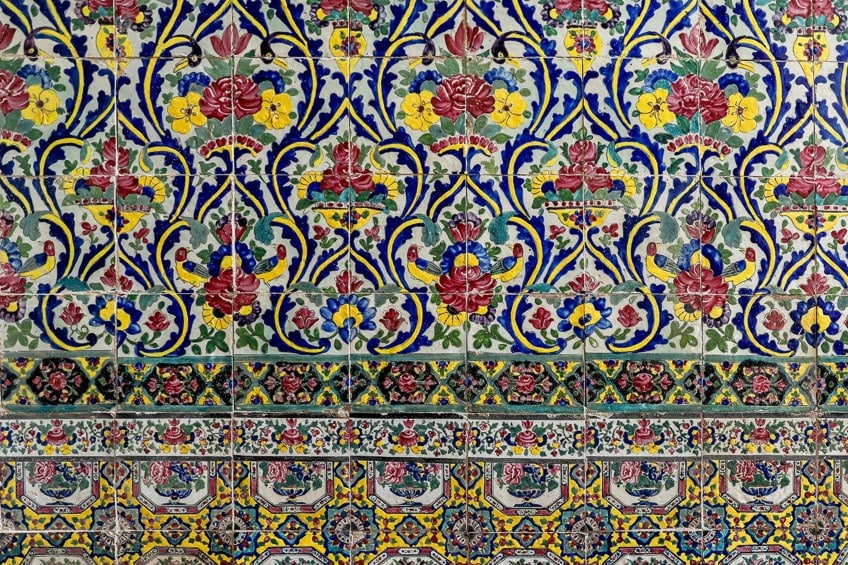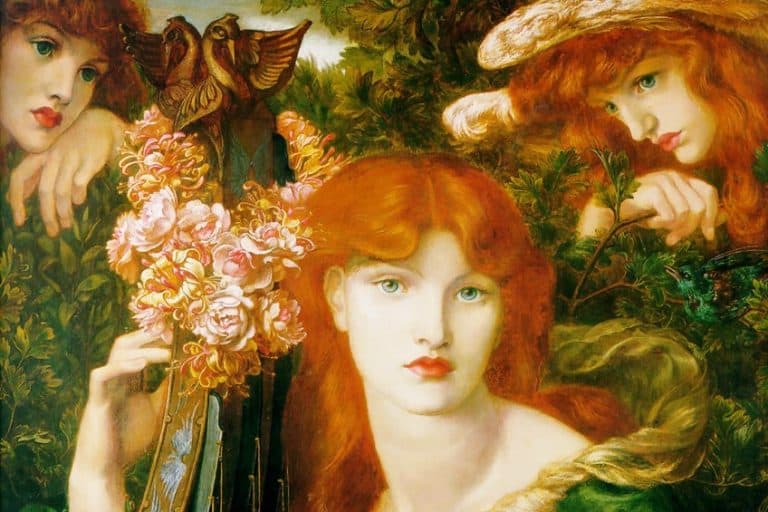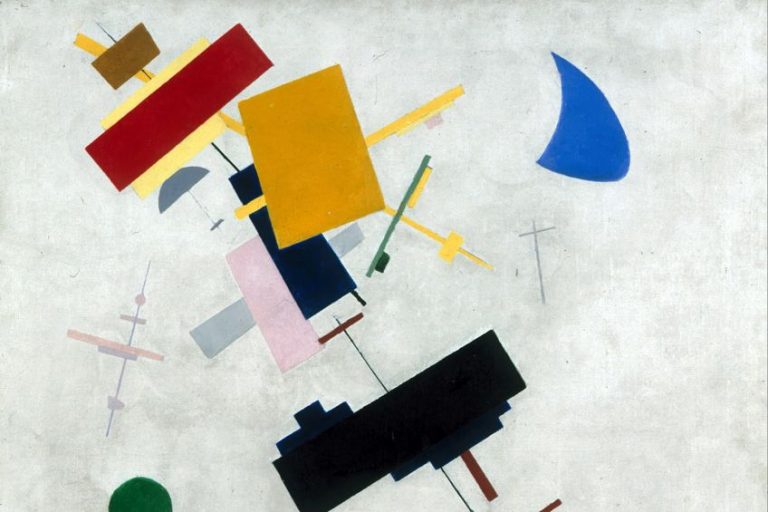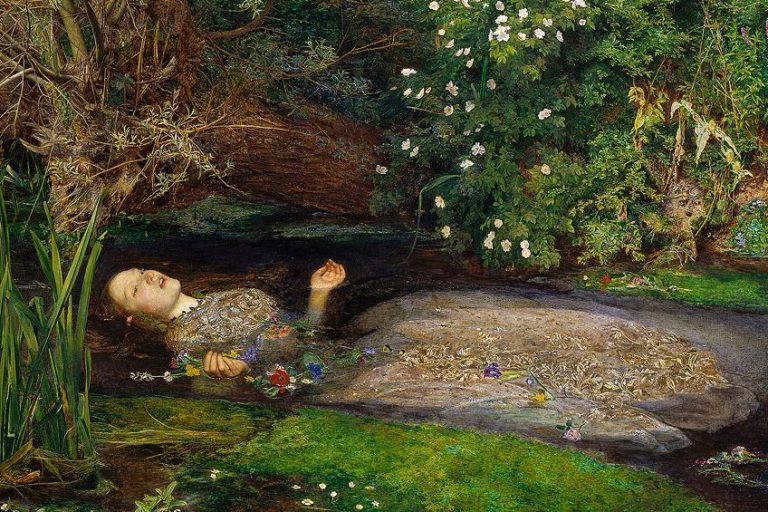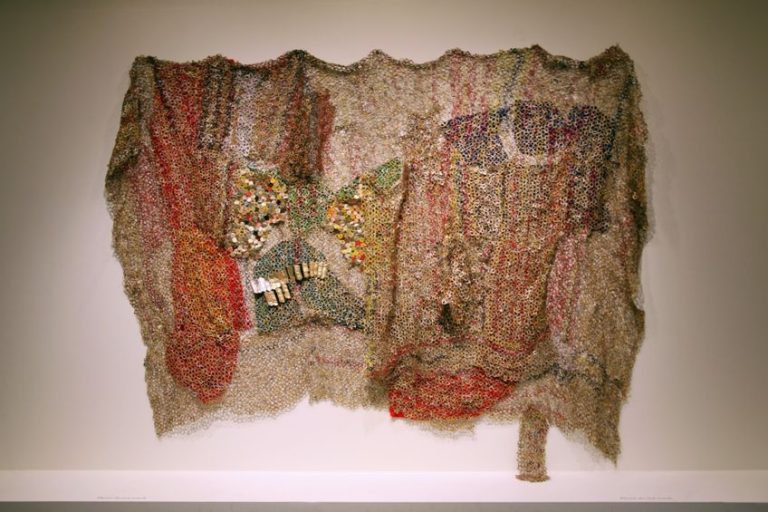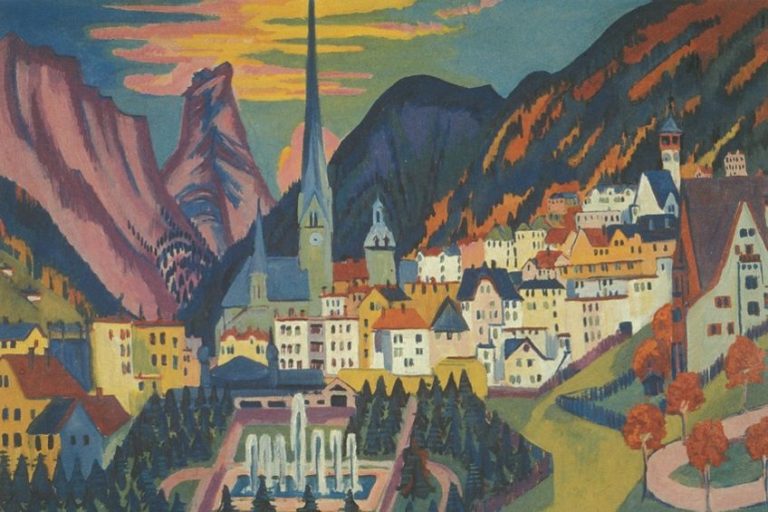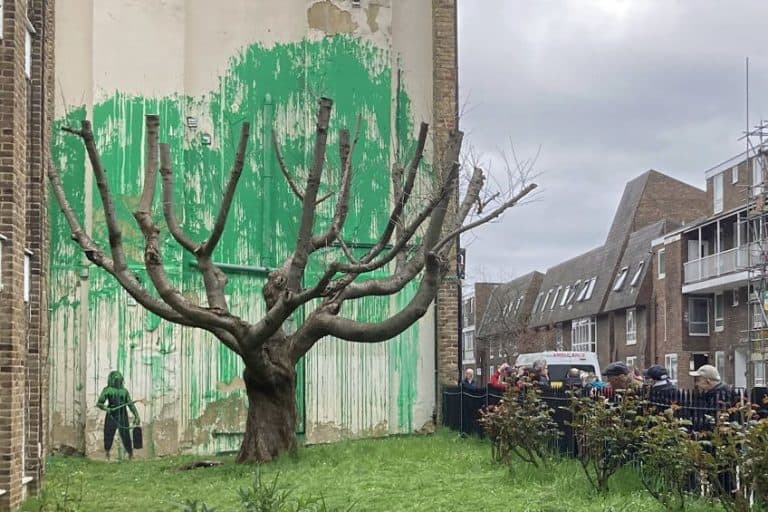Tessellation Art – A Guide to the Art of Tessellation Patterns
When we think of the term tessellation art, for many of us the first images that come to mind are the M.C. Escher tessellations and his other artwork containing optical illusions. However, tessellation patterns are a very specific kind of optical illusion that involves not only bending our perspective but specifically the use of repeating patterns and motifs in a piece of art. So, what is tessellation, and which are the best examples of tessellation art and tessellating artists? Let us find out.
A Definition of Tessellation
What is Tessellation? Tessellation art is created through the process of covering a surface with a number of geometric shapes that fit together almost like a jig-saw puzzle, never overlapping and leaving no spaces between them. Also known as tiling, this process results in a mosaic pattern that can be used in a highly creative manner, despite its largely confining mathematical structure.
The use of tessellation ideas and concepts throughout our history has resulted in the creation of beautifully decorated architecture, such as temples and mosques, as well as magnificent works of art.
A Brief History of Tessellation Patterns
An understanding of ancient languages in history can help one better understand the tessellation definition. The word derives from the Latin word tessellātus (square small stones) and the Greek word tessera (four). This hints at the historical use of tessellation ideas that stretch far back into our history when small tiles made of glass, stone, or clay were used to create patterns on public and domestic surfaces.
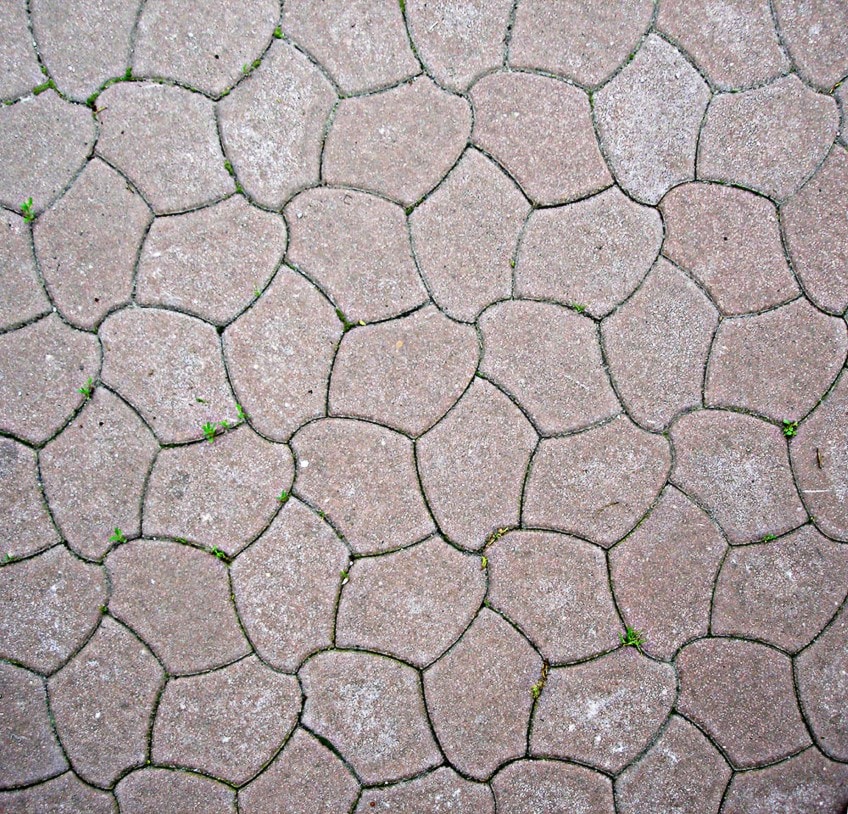
The Origins of Tessellation Art
The use of tessellation patterns in temples and homes can be traced back to sometime in 4,000 BC in Sumeria. Modern archeologists have uncovered many beautiful examples of tessellation art created by the Sumerian civilization, where it then spread to many other ancient civilizations such as the Romans, Chinese, Greek, Egyptians, Arabs, Moors, and Persians.
Many of these designs have regional characteristics, which make them unique to the people and culture they originated from.
Not only was the geometry of tessellation patterns fascinating to the tessellating artists, but intellectuals too began to show a deep interest in the mathematical structure of these tessellating patterns found from the Middle Ages and through the 19th century.
Tessellation Art in Islam
The finest examples of tessellation patterns in architecture and art can be found in Islam. Specifically the regions of North Africa, Maghreb, and the Iberian Peninsula during the Middle Ages. Islamic art forbids the representation of living forms, so it was the perfect environment for a style to develop that was based on the application of geometric shapes.
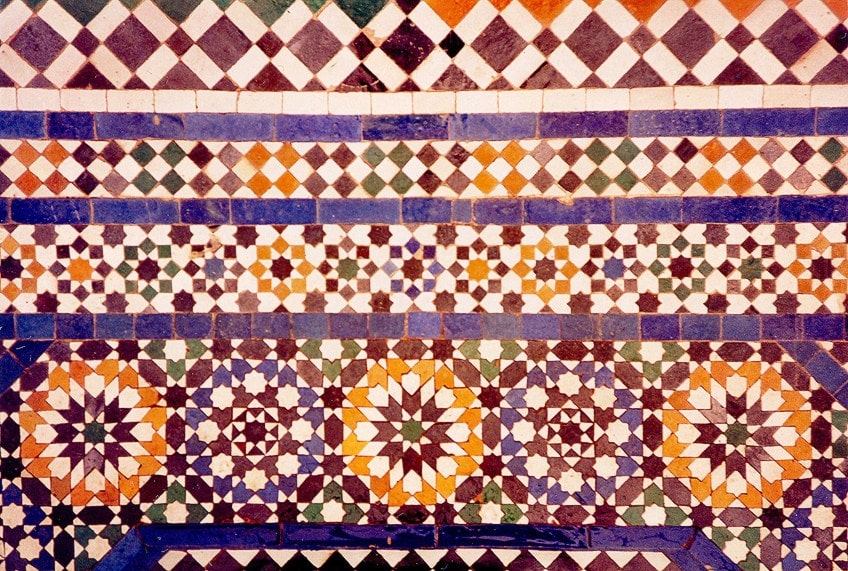
Aside from applying stylistic tessellation ideas to their architecture, they also designed their pottery and textiles with tessellation patterns. These tessellating artists employed a style called “zellige”, which had its roots in the Islamic belief in universal intelligence, the artists tried to portray the laws that preside over the universe.
Tessellation Patterns in Art
Before we can further discuss examples of tessellation art, it is important to mention the intrinsic connection between art, mathematics, and science. No matter which school of thought we wish to view tessellation through, the common thread throughout is a desire to utilize various techniques to help better understand and express the world around us.
It is easy to draw hard distinctions between tessellating artists, mathematicians, and scientists, but in each field of expertise, these lines become blurred when dealing with the subject of geometrically based art forms.
Artists employ a multitude of mathematically based techniques to create works of art that are pleasing to the eye because they speak directly to our subconscious appreciation of symmetry. Various tools such as the Golden Ratio are often used in artworks to represent the underlying divine ratio in nature. The history of great art is full of examples of works that have used geometrical patterns repetitively to create stimulating and stunning masterpieces.

Famous Tessellating Artists
Artists have used tessellation ideas in their architecture and art since before written history, so many of the earliest examples of tessellation patterns found in temples and tombs are not accredited to any specific artist. However, in more recent years, several artists have become world-renowned for their unique application of patterns in tessellation art. The most well-known of these artists is most undoubtedly the master M.C. Escher, renowned for his work which explored the use of patterns in his artwork to distort the subjective experience of the viewer.
Let us start our exploration of tessellating artists with the master himself.
M.C. Escher (1898 – 1972)
Escher was born in Leeuwarden in the Netherlands on the 17th of June 1898. This famous Dutch graphic artist worked in mediums such as mezzotints, lithographs, and woodcuts to create artworks that were mathematically inspired. Besides tessellation patterns, his work also featured other mathematically based concepts such as hyperbolic geometry, impossible objects, perspective, symmetry, reflection, and infinity.
Escher had no background in mathematics, nor did he believe that he had any mathematical ability, yet he often conversed with mathematicians such as Roger Penrose, Harold Coxeter, as well as Friedrich Haag (a crystallographer) as well as carried out personal research into the application of tessellation patterns within his art.
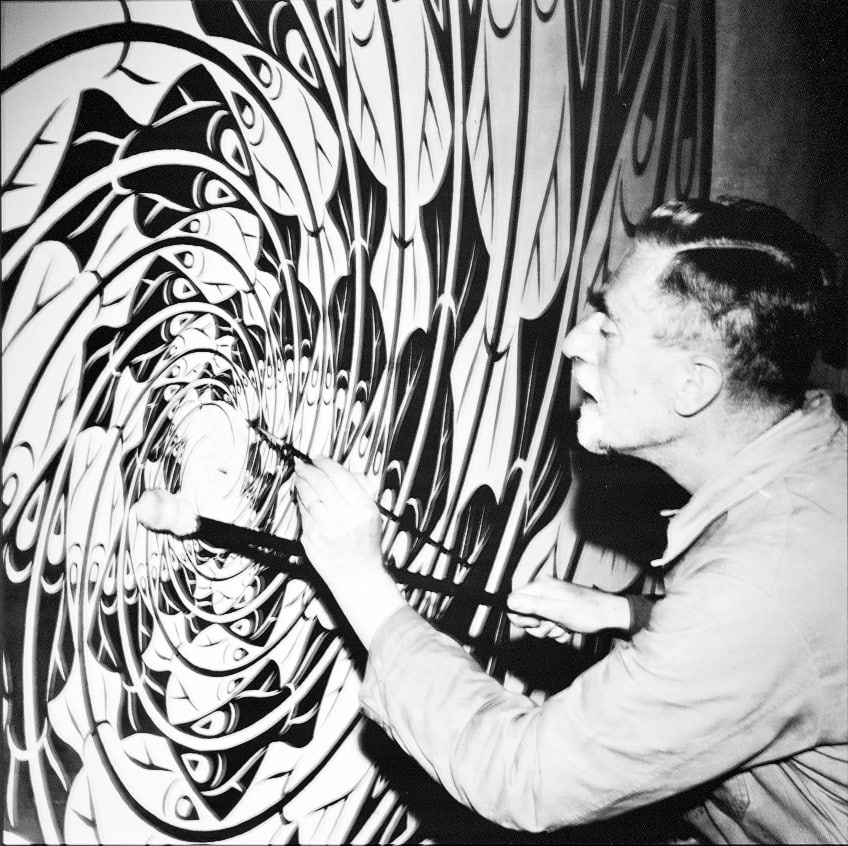
In his early days, he gained great inspiration from the surrounding nature, creating intricate studies of landscapes, insects, and plants. His travels to surrounding European countries such as Spain and Italy led to further studies of architecture and townscapes.
In exquisite places such as the Mezquita of Cordoba and the fortress of Alhambra, Escher found great inspiration from the tiling techniques used in the walls of the architecture. This led to a steadily increasing interest in the mathematical structure of art.
It would also highly influence certain motifs that are now found in Escher tessellations.
He started exploring the possibilities of using tessellation patterns as the basic building blocks for his sketches. From these basic geometric patterns, he then elaborated their design by turning them into interlocking and complex designs featuring motifs such as reptiles, fish, and birds.

Study of Regular Division of the Plane with Reptiles was created in 1939 and was one of his earliest attempts at incorporating geometry into his artwork. He used a hexagonal grid as the basis for the construction of the sketch and used it as a reference for his later work in 1943, Reptiles.
In turn, his art became the source of interest for non-artistic types such as mathematicians and scientists.
It also started to gain popularity in mainstream modern culture after his work featured in the April 1966 edition of the Scientific American journal. Ironically, despite much interest in his work from the general public, Escher’s art was largely disregarded by the art community itself and a retrospective exhibition for his work only happened after he had already turned 70 years of age.
Koloman Moser (1868 – 1918)
Koloman Moser was born in Vienna, Austria on the 30th March 1868. As an artist, he exerted great influence on the graphic art of the 20th century and was a notable figure of the Vienna Secession. He designed a large array of artworks, ranging from fashion textiles to magazine vignettes, stained glass windows, ceramics, jewelry, and furniture.
Drawing on the clean lines and motifs from Roman and Greek art, he sought to move away from the overly ornate style of the Baroque and towards a simplified and repetitive geometric design.

His portfolio Die Quelle, was published around 1901 and featured graceful graphic designs for textiles, fabrics, wallpaper, and tapestries. In 1903 he opened the studio Wiener Werkstätte which created household goods but designed in an aesthetic as well as a practical manner, such as rugs, silverware, and glassware.
He is also noted for his design of the glass windows of the Kirche am Steinhof in Vienna, as well as the Apse mosaic he produced in 1904.

Along with a fellow member of the Vienna Secession, Gustav Klimt, Moser was a designer for Ver Sacrum, the leading art journal in Austria. The journal was highly regarded for its meticulous attention to detail. Examples of his work include Fabric design with floral awakening for Backhausen (1900) and Fabric design for Backhausen (1899).
Hans Hinterreiter (1902 – 1989)
Hans Hinterreiter was born in 1902 to a Swiss mother and Austrian father in Winterthur, Switzerland. He attended the University of Zurich where he studied architecture and mathematics as well as music and art. It was his mutual love for the sciences and arts that would influence his work throughout his career. A trip to Spain in his early twenties sparked an interest in the ornamentation and architecture of Moorish culture.
During the mid-1930s, the Spanish Civil War forced him to return home to Switzerland, where he began seriously focusing on his art, and applying the tessellating patterns he had experienced on his travels.
His career highlights include being collected by the Museum of Modern Art, a major institution within the art world. He was also part of the Venice Biennale International Exhibition. Some of his most notable works include Opus 64 (1945), Opus 131 D (1977), and SWF 62A (1978).
Famous Tessellation Artworks
Geometric patterns have been an integral motif in art and architecture throughout human history. Let us now look at some of the greatest artworks that display tessellation patterns.
Sky and Water (1938) – M.C. Escher
Sky and Water was first printed from a woodcut in June 1938, by its creator M.C Escher. Birds and fish have been used to divide the plane regularly as the basis of the print. Fitting similar to a jig-saw puzzle, the print displays a horizontal series of the various animal motifs, transitioning from one shape to the other in the middle of the print.
In this part, the animals are equally displayed, represented as either the background or the foreground, depending on which shade the eye of the viewer focuses on. In the center transitionary part, the animals are more simply represented, whereas as they extend upward and downward respectively, they become more defined and three-dimensional.
Shah Nematollah Vali Shrine
The Shah Nematollah Vali Shrine can be found in Mahan, Iran, and is an ancient historical complex that houses the mausoleum of the Iranian poet and mystic, Shah Nematollah Vali. Five years after his death in 1431, the shrine was created to honor him and has since become a site visited by pilgrims on their religious journeys.
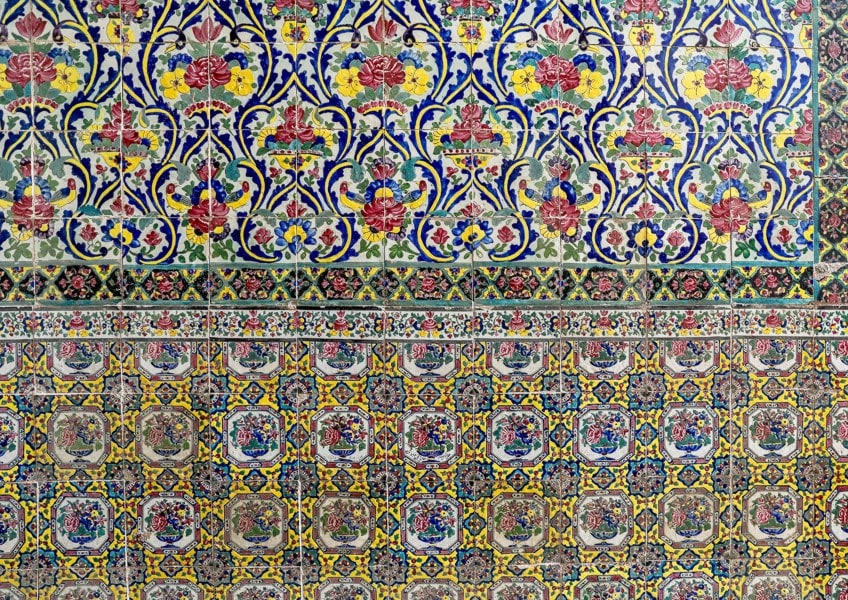
This exquisitely decorated shrine contains four courtyards, a mosque with twin minarets, and a reflecting pool. The shrine is covered in turquoise tiles that have been shaped into tessellating patterns. It is considered one of the most beautiful architectural wonders of Persia, with its striking blue dome consisting of stars that repeat and interlace with various formations of stars with a range of five to 11 points per star.
Today we have learned that tessellation art refers to the use of repetitive geometric shapes on a plane, without the tiles ever crossing over each other, and leaving no spaces or gaps between the tiles. We have explored how tessellation ideas that originated in ancient Sumeria spread throughout the world and can be seen on everything from ancient temple walls to modern-day textile designs.
Take a look at our tessellations in art webstory here!
Frequently Asked Questions
Is All of M.C. Escher’s Work Considered to Be Tessellation Art?
Although Escher was a leading figure within the style and technique of tessellation art, not all of his work displays the repetitive use of geometric objects considered to be the hallmarks of what is tessellation art. Many of his works still display a fascination with mathematical concepts but extended beyond tessellation to include optical illusions, hyperbolic geometry, and the visual representation of impossible objects.
Are People Still Creating Tessellation Art Today?
Yes, many modern artists continue to explore and experiment with tessellation patterns in their artwork, such as Alain Nicolas, Jason Panda, Francine Champagne, Robert Fathauer, Regolo Bizzi, Mike Wilson, and many more. Patterns will always continue to speak to the core of the human psyche, as artistic form and mathematical practicality merge to create something memorable and timeless.
Isabella studied at the University of Cape Town in South Africa and graduated with a Bachelor of Arts majoring in English Literature & Language and Psychology. Throughout her undergraduate years, she took Art History as an additional subject and absolutely loved it. Building on from her art history knowledge that began in high school, art has always been a particular area of fascination for her. From learning about artworks previously unknown to her, or sharpening her existing understanding of specific works, the ability to continue learning within this interesting sphere excites her greatly.
Her focal points of interest in art history encompass profiling specific artists and art movements, as it is these areas where she is able to really dig deep into the rich narrative of the art world. Additionally, she particularly enjoys exploring the different artistic styles of the 20th century, as well as the important impact that female artists have had on the development of art history.
Learn more about Isabella Meyer and the Art in Context Team.
Cite this Article
Isabella, Meyer, “Tessellation Art – A Guide to the Art of Tessellation Patterns.” Art in Context. November 25, 2021. URL: https://artincontext.org/tessellation-art/
Meyer, I. (2021, 25 November). Tessellation Art – A Guide to the Art of Tessellation Patterns. Art in Context. https://artincontext.org/tessellation-art/
Meyer, Isabella. “Tessellation Art – A Guide to the Art of Tessellation Patterns.” Art in Context, November 25, 2021. https://artincontext.org/tessellation-art/.


